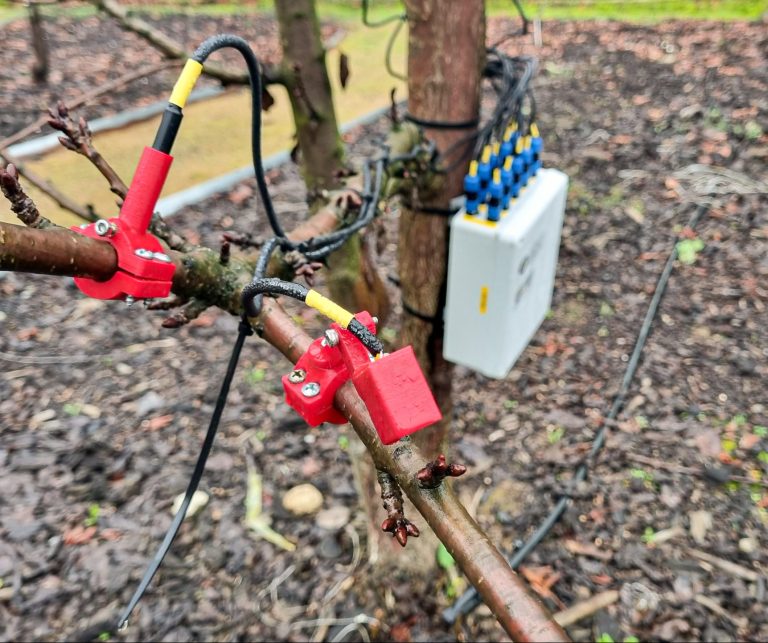The overwintering biology of Drosophila suzukii (spotted wing drosophila) has long been overlooked, despite being a crucial process for the insect and therefore important for improving pest management in temperate regions.
While certain physiological responses, such as cold-hardening in winter morphotype females are known, a recent study has shown that environmental and behavioral factors also play a decisive role in survival during the coldest months.
Researchers conducted an integrated experiment at three vineyards in western New York (USA), including field, semi-field, and laboratory trials, aimed at investigating winter habitat selection, the eIectiveness of diIerent refugia, and D. suzukii’s capacity to respond to adverse events.
Field and habitat observations
The results showed that D. suzukii was more frequently found at the wooded edges of vineyards and near grape pomace piles than inside the vineyard itselves or adjacent to winery buildings.
Wooded areas bordering cultivated fields appear to oIer favorable microclimates, alternative food sources, and better protection from thermal extremes in winter.
In fact, winter morphotype females were active even at temperatures near freezing, displaying suIicient mobility to move vertically and escape adverse conditions. This finding is particularly useful for understanding the ecological, as well as physiological, mechanisms behind winter survival.
Effectiveness of refugia
From a practical perspective, the study found that insulating ground covers like straw significantly improved survival compared to natural refugia such as pinecones or logs.
Contrary to initial expectations, pinecones proved hazardous: under humid conditions, their scales closed, mechanically killing the flies.
Similarly, logs, despite their apparent protective function, oIered no advantages in terms of temperature or humidity and were associated with increased mortality. Instead, the ability of individual flies to quickly react to surface flooding by moving upward during thaw events emerged as a key behavior to avoid drowning.
Laboratory experiments
In laboratory settings, vertical movement experiments confirmed that cold-acclimated females could eIectively respond to rising water levels, especially when temperatures were just above freezing.
At 5 °C, flies showed significantly greater mobility compared to 0 °C, and their survival rates were higher.
These observations underscore the importance of the interaction between temperature, availability of micro-refugia, and active behavior in determining winter survival rates.
Conclusions and pest management
In conclusion, the behavior and ecology of Drosophila suzukii during overwintering are more complex than previously thought.
The study shows that this insect does not passively endure winter but rather adopts complex adaptive strategies, moving among heterogeneous habitats in search of insulating refuges and dynamically reacting to weather events such as snowmelt.
This behavior has important implications for pest management: deeper knowledge of overwintering behavior can inform more eIective integrated control approaches, for example through habitat manipulation or elimination of favorable refugia.
In the long term, this information may support agronomic practices aimed at reducing winter survival of the populations, contributing to the sustainable management of this invasive pest.
Source: Shrestha, B., Stockton, D. G., Hesler, S. P., & Loeb, G. M. (2025). Exploring the influence of habitat, ground refugia and behavioral strategies on the overwintering success of Drosophila suzukii, Matsumura. Pest Management Science, 81(6), 3339-3348. https://doi.org/10.1002/ps.8707
Image source: Beat Wermelinger, Adliswil - Switzerland
Andrea Giovannini
University of Bologna (ITA)
Italian Berry - All rights reserved












